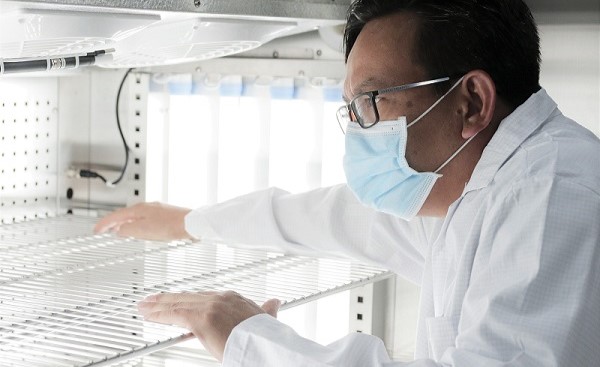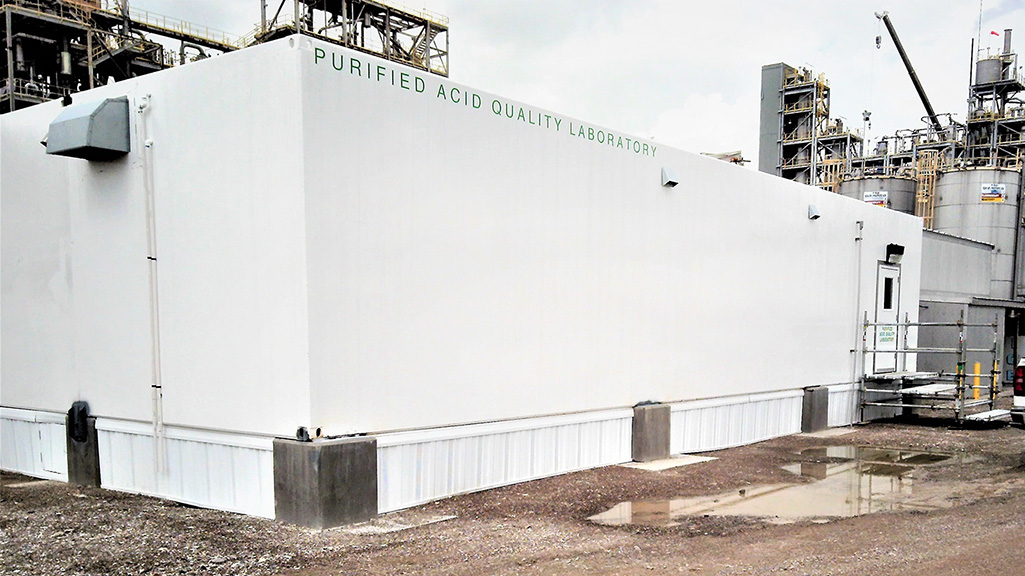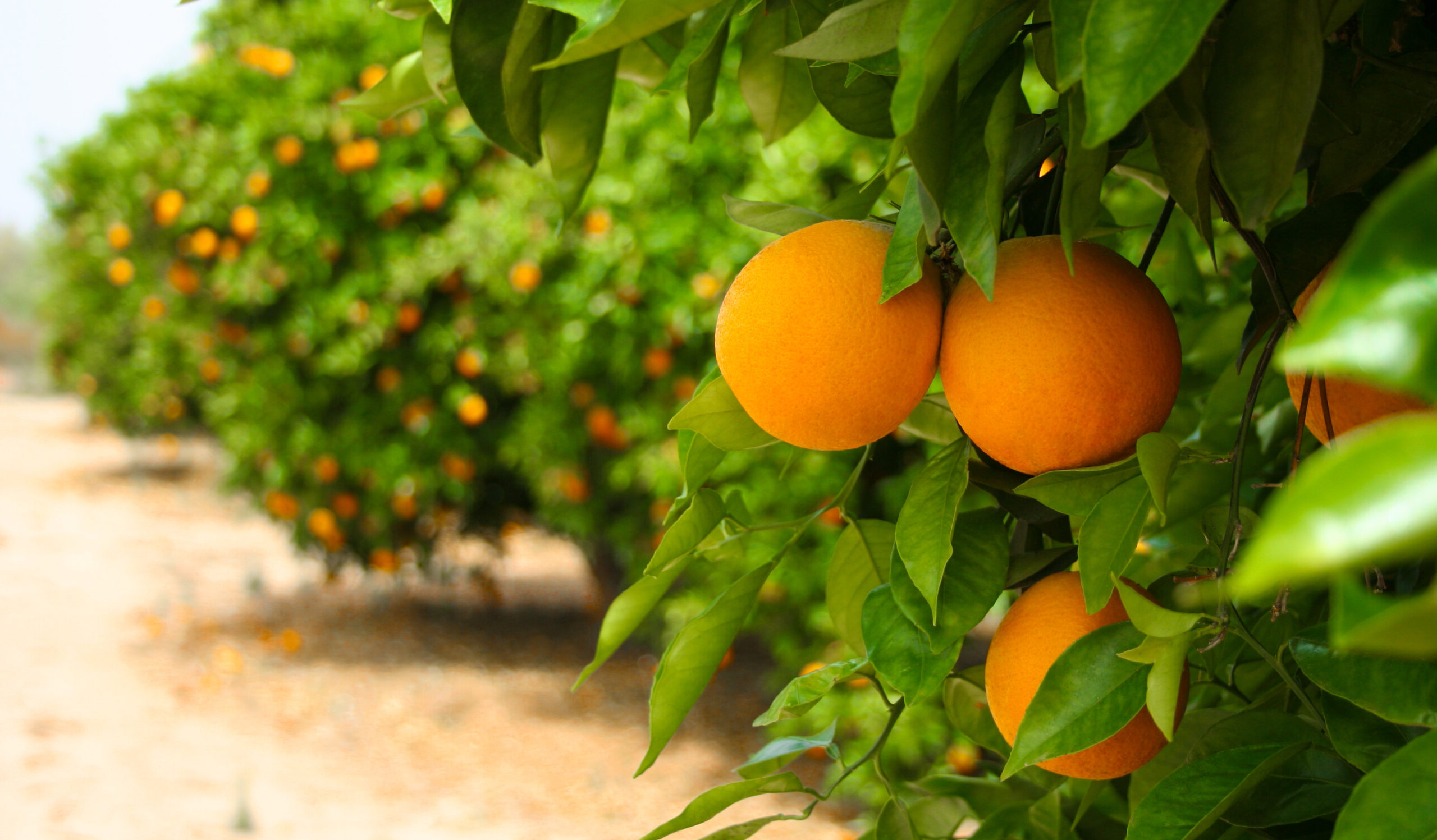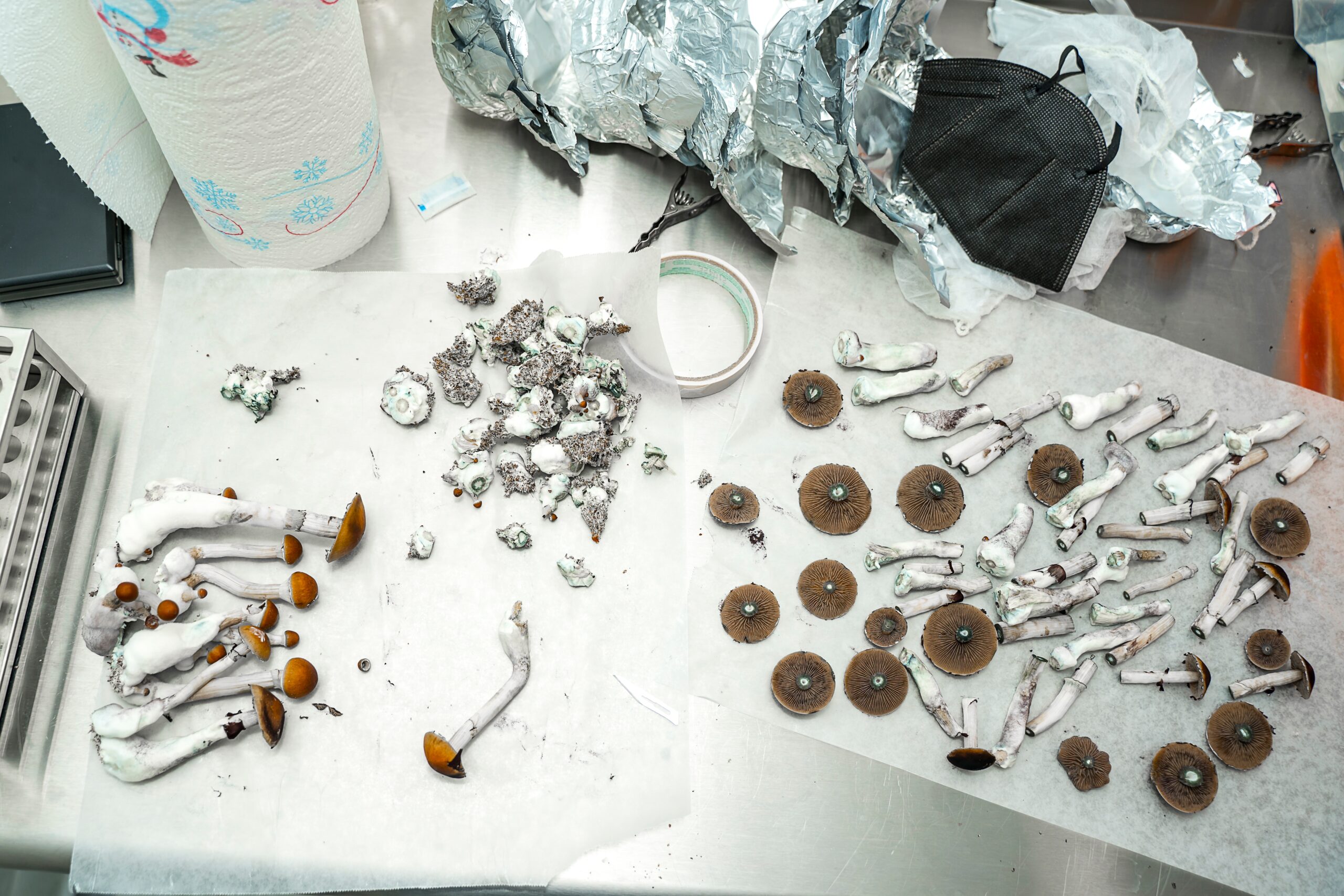Extreme exposure to any light can cause damage to the eye. As a child, you were often told not to stare into the sun; even though natural daylight is ideal for vision and health. It is the intensity, wavelength, and duration, which determine the level of risk.
Can grow lights such as LED lights cause eye damage, and how can grow room glasses address these concerns?
There are ongoing concerns regarding the photobiological effects of light, including optical radiation, and the potential risks to humans. This concern becomes more proficient for individuals working in controlled environments such as grow chambers, which use higher intensity lights more frequently and are often more exposed to restricted spectrums of light. Because of this, it is recommended that protective eyewear be used as a safeguard in certain conditions.
Key Takeaways
For clear vision, humans need a balanced light to stimulate the rods and cones within the eye.
Prolonged exposure to restricted spectrums of light can affect vision and health
Protective eyewear is recommended, not only to reduce eye strain but to aid research through a more natural view.
How Does the Eye Interpret Light?
The way the human eye processes light is complicated. To put it simply, photoreceptor cells, namely rods and cones, enable us to see clearly and distinguish colour, movement, and shapes. Each is stimulated by different wavelengths of colour; which is why natural light or a Balanced White Light (BWL) which provides an equal spectrum, are the ideal conditions for humans to see clearly.
Only a small portion of the complete electromagnetic spectrum is visible to the human eye. This narrow band exists between the shorter wavelength of Ultra Violet (UV) light and the longer wavelength of infrared light. As light frequency increases and the wavelength decreases, the higher the risk of harm. UV light and more recently, blue light is an ongoing concern amongst the broader community.
The Impact of Grow Lights on Our Vision
LED Lights Effects on our Eyes
LED lights have seen a rapid increase in popularity, particularly in growth chambers. Their efficiency and lower maintenance requirements, combined with improved light quality, have been the primary contributor to this growth. However, as the use of LED lights increases, so have concerns about potentially harmful effects, even with incidental exposure.
Modern LED lights emit high-intensity optical radiation across the ultraviolet, visible, and infrared spectrums. There are various hazards associated with different wavelengths of light; however, the type and amount of eye damage LED lights can cause depends on the colour and intensity. LED grow lights with higher levels of blue and UV diodes can be harmful, similarly all-white lights that emit a cooler white light.
As with other light sources, LEDs are reviewed for safe use before distribution. LED grow lights are evaluated under the same photobiological safety standard as lamps and lamp systems, IEC/EN 62471, Photobiological Safety of Lamps and Lamp Systems. Exposure limit classifications represented in IEC/EN 62471 address the potential risk with repeated exposure across a spectral range of 200nm through to 3000nm, defining the safe working limit without adverse health effects. The standard was applied to LED lights in 2009 due to growing concerns of blue-light health risks.
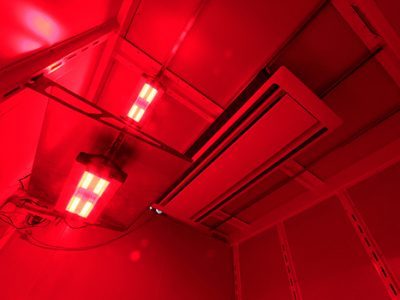
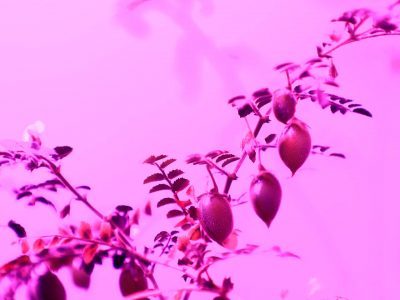
HPS Lights Effects on our Eyes
HPS lights are considered an economical alternative to LEDs due to the large amounts of lumens distributed for low power use. Light distributed from HPS bulbs is concentrated to 570nm to 620nm, emitting an omnidirectional yellowish glow, which contains a limited amount of blue and UV light. Due to the limited amount of shorter wavelength light, they are considered safer for your eyes than other types of grow lights.
Nonetheless, HPS lights are intense and prolonged exposure can cause damage. HPS lights saturate an area with a yellow glow, yet humans need a broad spectrum to see clearly. Within each eye, cones work to detect yellow and orange light while rods detect blue tints. Under HPS light, an imbalance occurs; cones become fatigued due to the intensity of yellow light and rods are left underutilised. Furthermore, distinguishing shapes and movement can become confusing as these are detected through rods.
One study redefined how we understand light conditions in the workplace and the necessity of both rods and cones. By analysing industrial workers under HPS light conditions, the study revealed the bulbs adverse effect on an individual’s health and concentration. From the research, an ideal ratio of scotopic to photopic light (S/P) for the workplace was determined to be 2.0. Almost mimicking natural sunlight (S/P 2.5) this ratio allows individuals to recognise natural colours, as well as shapes and movements.
Along with limited vision, individuals working with HPS lights can react to a phenomenon known as the strobe effect. This effect occurs during the cycling of the AC voltage, causing the bulb to slightly dim and become brighter. Often not seen due to the eye’s natural adjustment, under HPS lights, this effect can become more prominent.
What Difference Do Grow Room Glasses Make?
Protecting your eyes from prolonged exposure to specific light spectrums can have significant health benefits. Grow room glasses correct colour to display a more balanced white light, reducing eye strain, and improving vision. These glasses work by compensating for a specific spectrum to create a more natural view. However, as most research and plant growth chambers will have varied frequencies in use and grow glasses can only provide a well-rounded view; it will not be a replica of daylight.
Another additional benefit these glasses can provide is in the application to research; due to a more even colour, inspecting plants for discolouration or other signs of distress is easier.
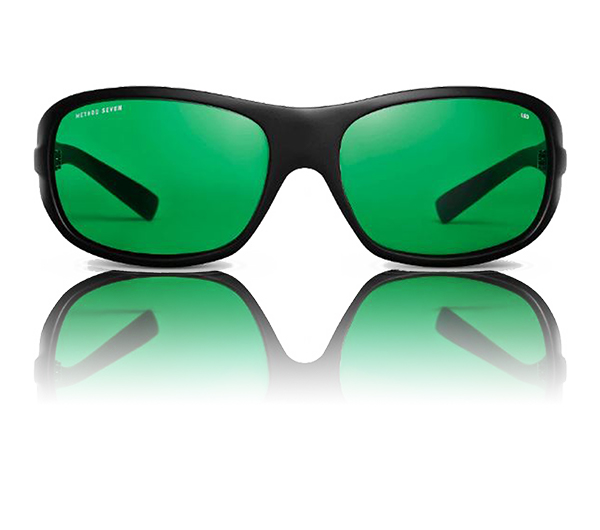
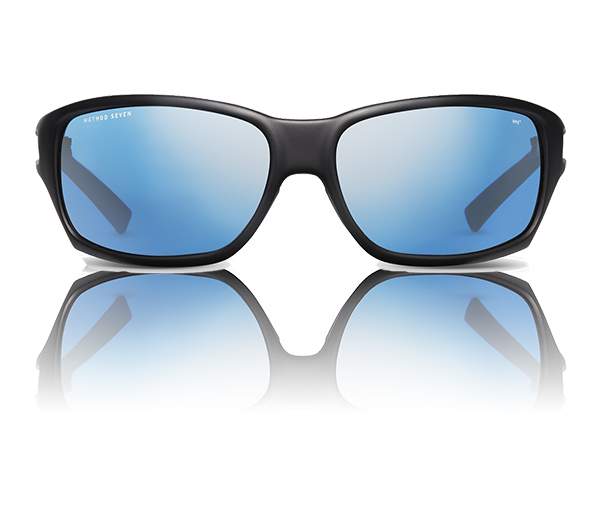
Controlled environments will continue to use a range of lights to assist with research and plant growth due to their ability to hone in on specific colour wavelength. Improved safety standards for these lights are assisting with the education and prevention of risk. However, when it comes to eye health, it is better to be prepared than risk irreparable damage. As individuals, small steps such as wearing the right grow room glasses can offset additional eye strain and improve visions in these environments.


